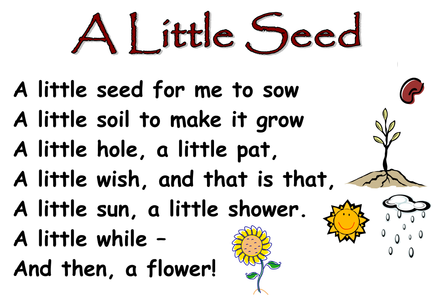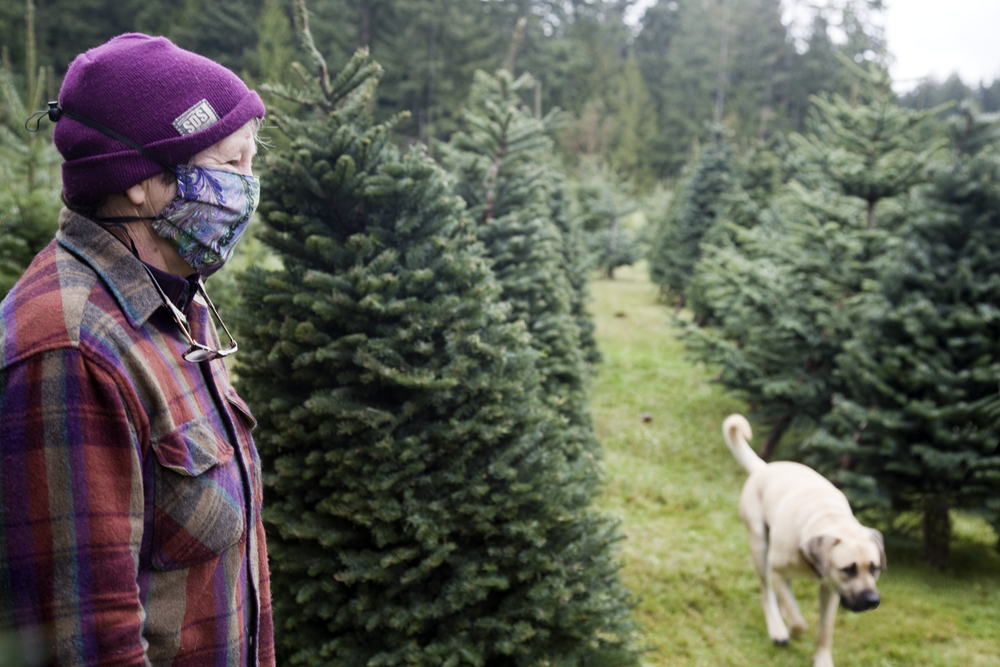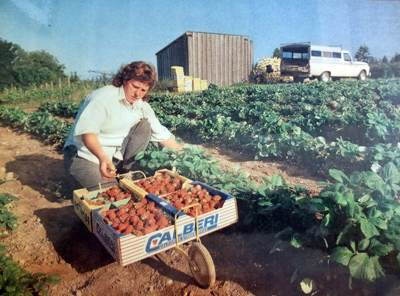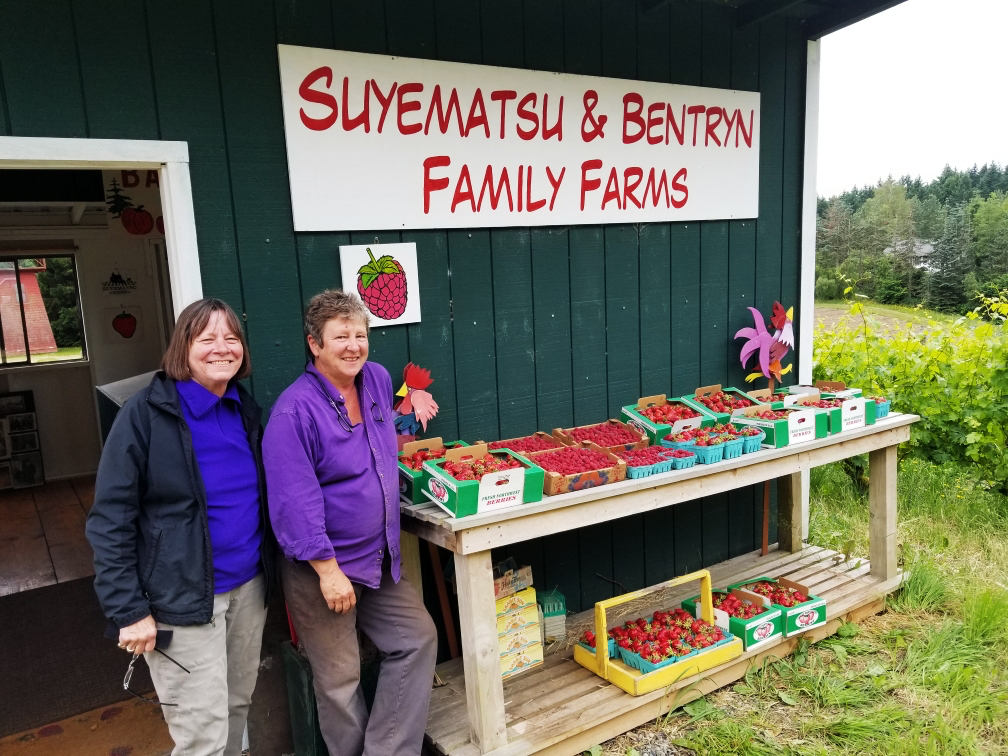 Housing first, farming second.
Housing first, farming second.
Farm Intern Housing is a critical issue on Bainbridge Island. Every year young, eager farmers like Tayler come to learn from our established long-time farmers. COVID-19, and the challenges of 2020 have highlighted the deeply important need for stable, safe housing. As land prices rise, and real estate becomes increasingly expensive, securing that housing becomes an ever greater challenge. Without housing, Bainbridge Island is losing the next generation of farmers.
Affordable, reliable intern housing can be a reality... with your help.
Small houses, made from recycled and reclaimed materials, just steps away from farm land? RIGHT NOW, Friends of the Farms is working with the Kitsap County Health Department and the City of Bainbridge Island to construction of a farm village of affordable housing dedicated to the next generation of local farmers.
We are committed to beginning construction of sustainably built farmer housing in the Spring of 2021. But we need your help.
Your donation to Friends of the Farms during One Call for All will support our work to ensure new farmers like Tayler can live and farm locally.
Meet Tayler 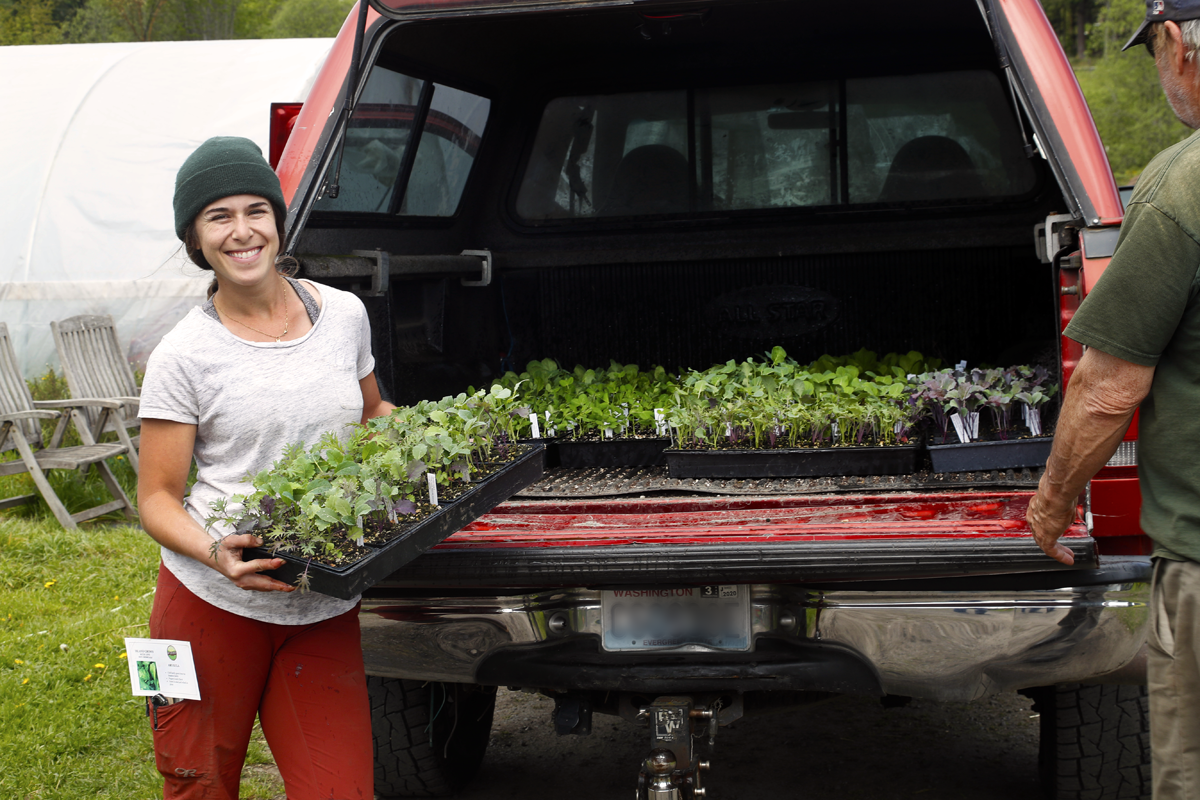
Tayler is a farm intern success story. You may have met this energetic young woman at the Bainbridge Farmers' Market or at Butler Green Farms' CSA stand where we ran into her last April unloading and sorting veggie starts grown in their green houses. We wanted to circle back to Tayler now that most of the farm beds have been put to sleep for the winter and ask her more about why she wanted to be a farm intern and what she learned along the way.
Tayler studied environmental science and took classes in Sustainable Agriculture at UC Santa Barbara. She worked in the Bay Area as a sea naturalist kayaking guide focused on outdoor conservation, and she had an office job, but agriculture has been on her mind since school.
One day while reading about sustainable agriculture opportunities she found a one-year internship with Butler Green Farms and farmer Brian MacWhorter. “What? They offer internships for farming?!!” Astounded, she submitted the Attra application (Attra.ncat.org) and a year later her season of hard work and learning began.
Brian MacWhorter has been an amazing mentor to Tayler "There is so much to learn from Brian. You can farm forever and not learn all there is to know because every farm is so different.”
Tayler was not surprised by the long hours she put in for her internship, or the early mornings in the cold and rain. She was ready for that. What did surprise her was the JOY of bringing home her own farm-grown veggies everyday rather than going to the grocery store to buy produce from Mexico. “I am so grateful for my lifestyle. It’s a niche, cut out the middle man and go directly to the farmer to buy good food!”
Seasoned farmers need strong, eager, young men and women to work beside them and to follow in their footsteps. Young people, like Tayler, who have a passion for farming, a boundless desire for knowledge, and a willingness to work tirelessly to feed others. This is key to the survival of regenerative farming and the creation of an equitable local food ecosystem.
Yay interns!!
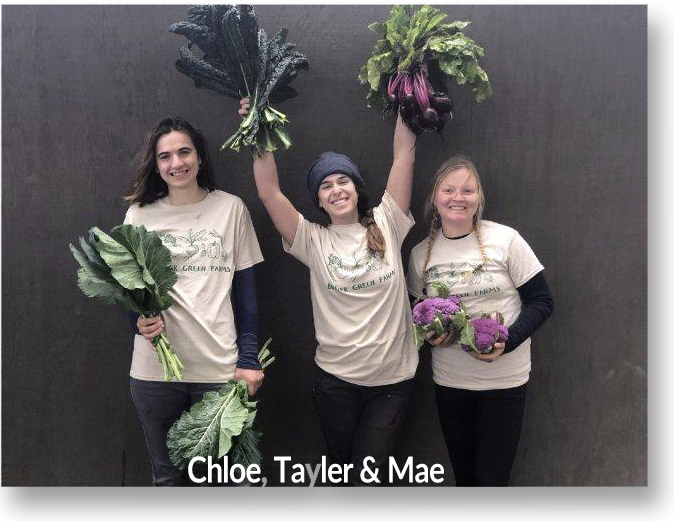
We asked Tayler what support do young farmers need? Not missing a beat, she responded #1 is housing that’s affordable! She had considered a similar internship in Boulder, Colorado, which offered a larger stipend but “Having housing available made it possible for me to come to Bainbridge Island and work here on the farms.”
Tayler is inspired by the future and drawn to a life in agriculture. “At the crux, it’s connecting to the environment and being in a place where I can make an impact on climate change."
Tayler’s doors are wide open. Next spring, she will return to farm on Bainbridge Island, having accepted a salaried position at Butler Green Farm, something made possible by Farmer Brian's ability to provide her affordable housing. After that she is eyeballing graduate work in Agriculture.
Her parting thoughts for us were “There may be no monetary wealth in growing organic vegetables but I get a better lifestyle using my two hands and having access to just picked vegetables.”
Your donation to Friends of the Farms through One Call for All will support our work to ensure new farmers like Tayler can stay on Bainbridge and ensure a future for regenerative local agriculture.
Friends of the Farms extends a huge "Thank You" to Tayler and all our farm interns and the farmers for their hard work, positive attitudes and willingness to give back to the land.
Please make a donation to Friends of the Farms
through One Call for All to support our work to ensure the future of local farming and build a healthier community through a resilient and
equitable food ecosystem.
From Brian MacWhorter, Butler Green Farms
I posted farm internship positions available for next season and am having crazy amounts of response. Seems many young people understand the scary reality that we all are facing; the likelihood we will not be able to get access to healthy local food in the future. They are willing to do something about it and come work on a farm. Unfortunately, we have very limited affordable housing available for them. I have been farming on BI for a long time and next season it would be the 36th. Honestly, this is the first time I have questioned whether it is wise to even order vegetable seeds for next year. That's my reality.



















